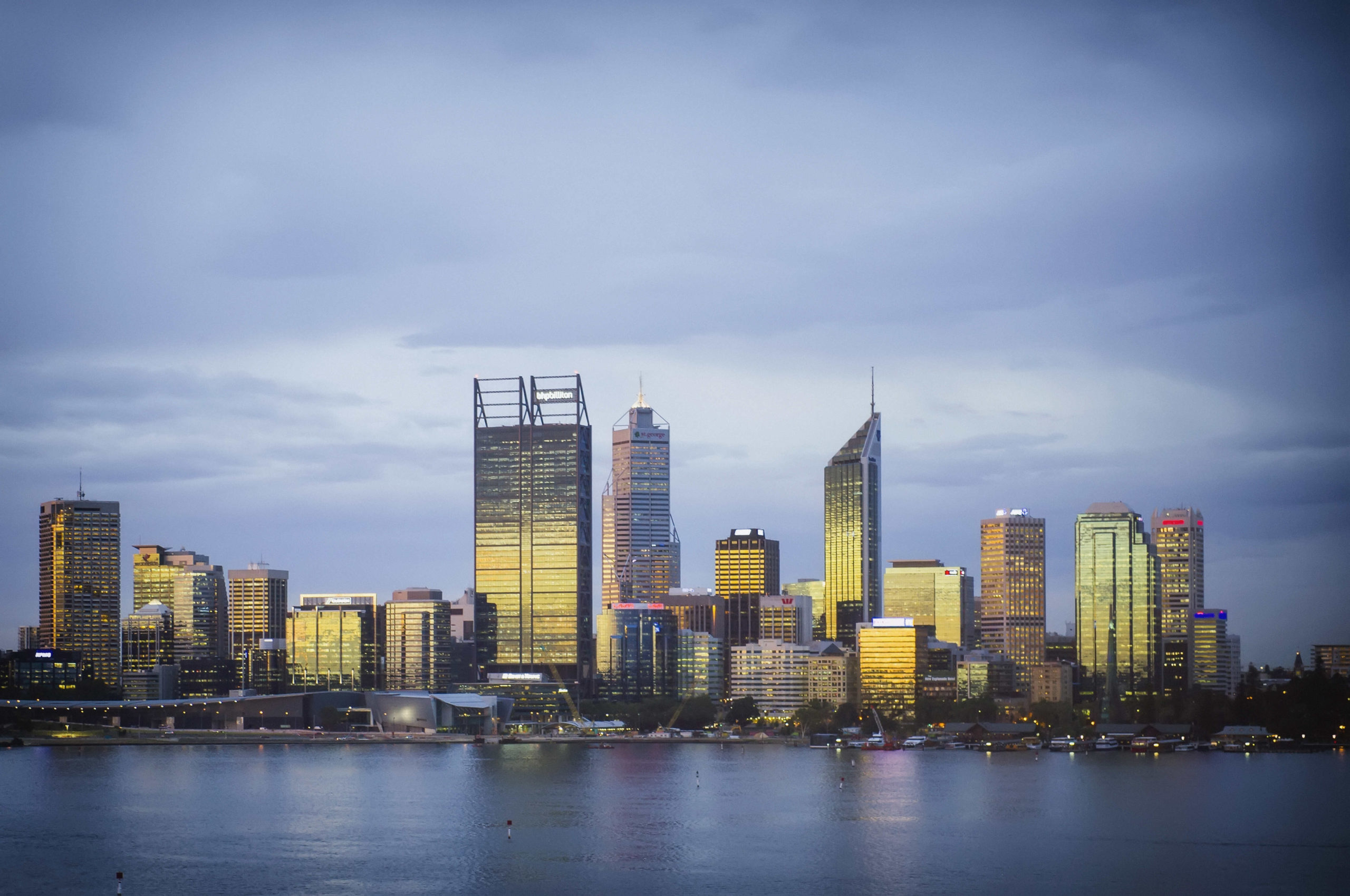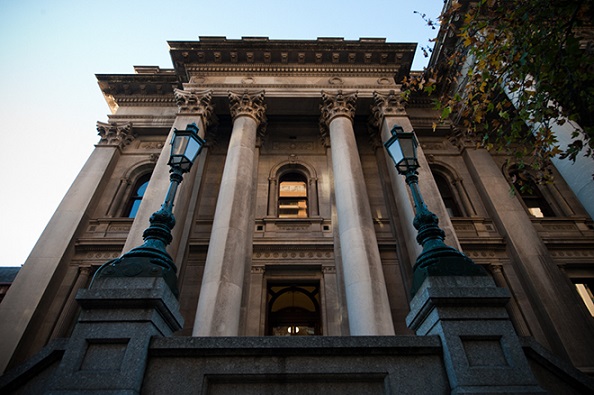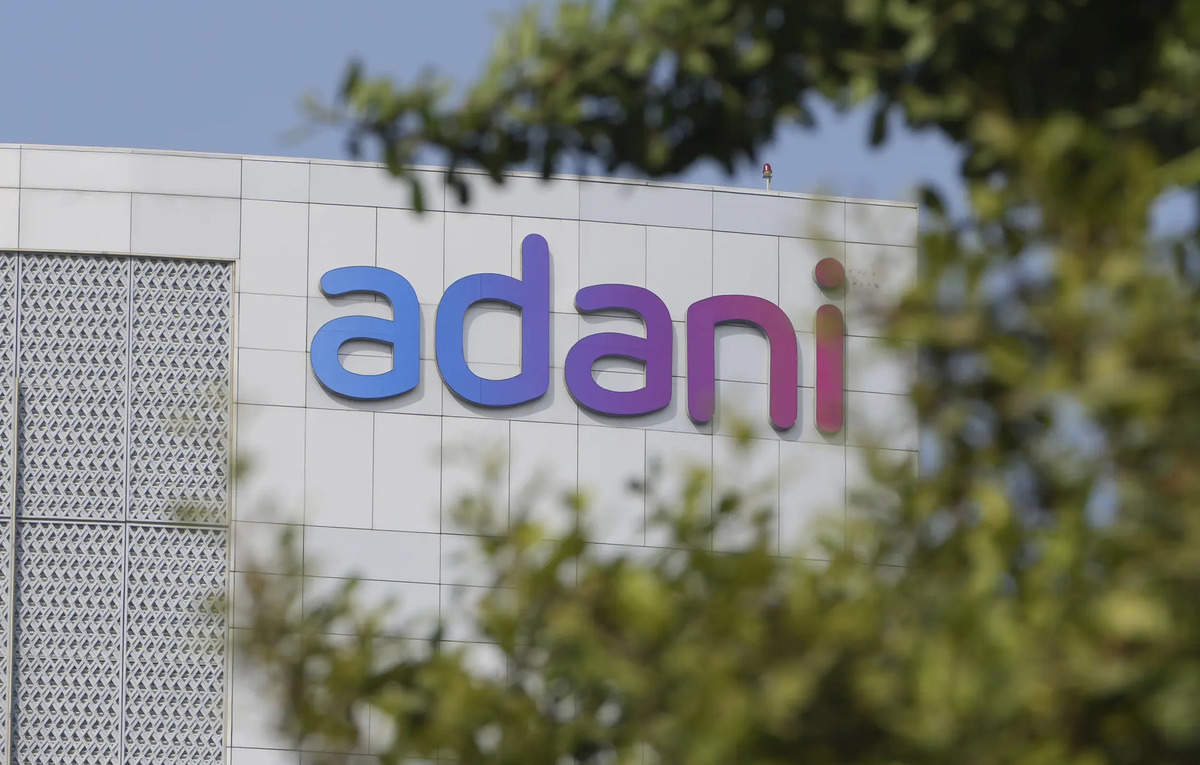AirTrunk seals the deal: Infra growth equity is the play to beat

- by Admin
- September 12, 2024

Go Blackstone: at more than A$24 billion ($16.1 billion; €14.6 billion), its acquisition of Australian data centre business AirTrunk, alongside CPP Investments, is likely the biggest data centre deal in the world and its largest transaction in APAC. Or should it be: go Macquarie? Having led the consortium that bought into AirTrunk for around A$3 billion in 2020, it has clinched a stonking exit, maybe a group best.
We could run with both of those, but we’ll settle on something slightly different: go infrastructure growth equity. Applied to the mega-trends of digital and the energy transition, it is now – for our money – the play to beat in private markets.
AirTrunk illustrates just how much there is to be gained by infrastructure managers with the right skills to help develop the capital-hungry assets that form the cornerstone of the digital revolution. It also validates what we wrote back in March, following our Global Summit, in Berlin, that the biggest challenge the asset class faces is whether infrastructure managers and LPs can adapt their strategies to tackle the tremendous growth that is powering the energy transition and digital mega-trends.
In that sense, AirTrunk’s momentousness should focus minds, even if it fits neatly into a long line of deals showcasing digital infrastructure’s unquenchable thirst for capital, now supercharged by AI.
As with climate, it’s time for digital to have its own large pools of dedicated capital, pools anchored in an “infrastructure-led mindset”, to quote KKR head of infrastructure Raj Agrawal, but with a risk-return profile that is distinct from traditional infrastructure funds.
“Even though you have hard assets with contracts and good counterparties, you’ve paid some value for the growth expectation. It’s a very sensible risk, largely scale-up risk, and with that comes return potential that’s often much greater than we see in a typical infrastructure business.”
Agrawal above was explaining the difference between KKR’s traditional infrastructure strategies and its new climate strategy – but that description fits like a glove to what’s needed in the digital infrastructure space.
Consider how Blackstone had to tackle AirTrunk’s massive equity cheque, which our sources pegged at between A$10 billion and A$15 billion. It had to basically club with itself, as one colleague joked, drawing equity from four different strategies – real estate, infrastructure, tactical opportunities and private equity. Even if speaking for most of the equity gave Blackstone the edge over the competition when it comes to governance and decision-making, as one source suggested, it also had the side effect of erasing asset class risk-return profiles along the way.
Something about that feels sub-optimal. Is the message that every single corner of private markets is equally well-equipped to finance these capital-intensive platforms? Has AI turned data centres into goldilocks assets – just right, regardless of which private markets strategy you’re investing from? Or is it that everybody wants in on the tremendous growth digital is generating (and the A$1 billion in performance fees Macquarie is said to be netting)?
You may disagree, but we don’t think it’s a coincidence that it was the world’s largest infrastructure manager – Macquarie, headlining our II 100 ranking since we launched it – that seized the scale-up opportunity in 2020, using its industrial skills and networks to help grow AirTrunk’s contracted capacity by eight times.
To our mind, infrastructure managers have the best skillset – or the best chance of developing it – to tackle this multi-trillion digital infrastructure opportunity. It behoves them to offer coherent strategies around it.
Or put differently: infrastructure managers, this is yours to lose.
The Latest News
-
January 2, 2025When is the Australian Open 2025? Schedule, format, and how to watch tennis
-
January 2, 2025Lleyton Hewitt responds when asked if Alex de Minaur could reach the Australian Open final this year
-
January 2, 2025‘Iga Swiatek will be even better in 2025… I just don’t know if she can bring it at Australian Open’
-
January 2, 2025Nick Kyrgios updates on his wrist injury on social media ahead of the Australian Open after exit from Brisbane
-
January 2, 2025‘Who is that guy?’ young fans asked after seeing Australia’s newest Test cricketer





